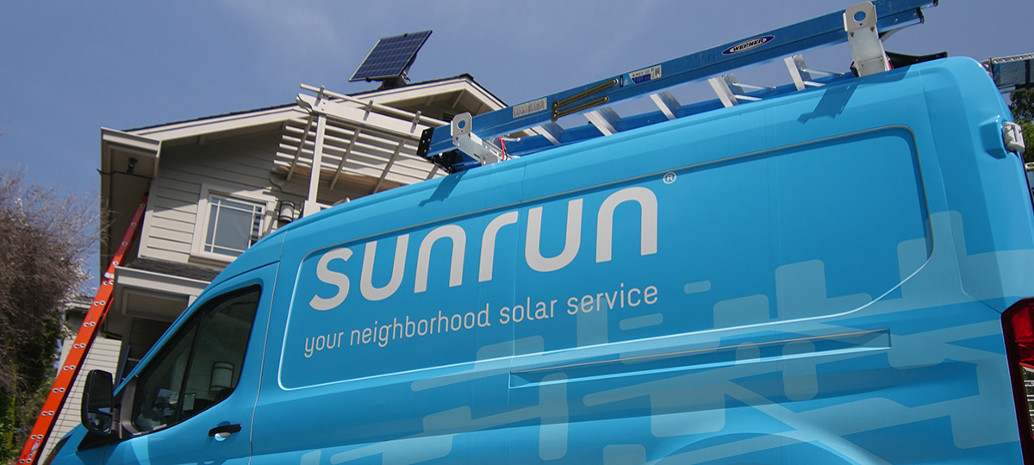From pv magazine USA
First Solar's earnings season and there’s a clear, non-surprising theme: The first quarter was strong and largely unimpacted by the pandemic, but the second quarter and 2020 as a whole is uncertain.
We’ve already heard that story this week from Sunrun, Enphase and SolarEdge and now it’s First Solar’s turn.
Financial highlights from the American solar manufacturer’s first quarter:
- Net sales of $532 million, down from $867 million in Q4
- Net income per share of $0.85 — compared to a net loss per share of $(0.56) in Q4
- Net cash of $1.1 billion
- 1.1 GW of bookings since prior earnings call, including 0.7 GW of systems bookings
- Fleet-wide capacity utilization of over 100% during March and April
- Previous 2020 guidance withdrawn
“Despite the uncertain economic environment, demand for our Series 6 product remains strong, as evidenced by the 1.1 GW of net bookings since our prior earnings call,” said the CEO.
First Solar’s Ohio facility has been permitted to operate as an essential business — as has its Malaysian facility. There was a decrease in March and April manufacturing capacity but May is seeing a return to full capacity at Ohio 2, according to the company.
The lockdown has accelerated the Series 4 module shutdown — and production will not restart in Malaysia.
The company has seen a “limited impact” in supply chain of inbound raw materials and suppliers, while customers are experiencing delays in permitting and the EPC process.
First Solar gave some cause for optimism:
- The company still sees the fundamental economic catalysts for driving utility-scale solar penetration continuing to grow.
- Its Series 6 capacity expansion plans are unchanged led by its 12.3 GW in contracted backlog
- The thin-film pioneer’s mid-term 500 watt module target is unchanged
- The factory logged 435 average watts per module during April
While First Solar’s financial results have not yet been materially impacted by Covid-19, due to “the significant uncertainty regarding the severity and duration of the Covid-19 pandemic,” the firm is withdrawing its full-year 2020 guidance.
Here’s a limited guidance First Solar “believes is largely within its control at this time.”
- Module production: 5.9 GW, including 5.7 GW of Series 6 and 0.2 GW of Series 4
- Operating expenses: $340 to $360 million
- Capital expenditures: $450 to $550 million
First Solar’s earlier, pre-Covid guidance was for shipments of 5.8 GW to 6.0 GW.
While not quite as strong as the way the company wrapped up 2019, Sunrun, the largest residential solar company in the United States, had another successful quarter to kick off 2020, even while operating in one of the hardest-hit sectors of the solar industry.
In Sunrun’s Q1 2020 financial results, the company reveals that it deployed 97 MW to start 2020, down 17% from Q4 2019’s record-setting 117 MW, but up 13% from Q1 2019. Sunrun has now deployed just under 2.1 GW of solar to date, representing 26% growth from the same point last year.
As for Sunrun’s overall customer base, that number jumped to 298,000, up 5% on the Q4 mark of 285,000. Year-over-year, that 298,000 mark is good for a 23% upgrade in Sunrun’s customer base.
As for the most historically difficult aspect of being a residential solar company, Sunrun reported $210.7 in revenue in Q1, down roughly 14% from Q4’s $243.9 million, but up nearly 8% from the Q1 2019 mark of $194.5 million. As is consistently the case, operational expenses outweighed revenue, coming in this quarter to the tune of $273.7 million, which is down roughly 6.5% from Q4’s mark of $292.3 million, but up 13% from Q1 2019’s $238.6.
As was the case in Q4, operating expenses are rising alongside a decreasing “creation costs” for systems financed by Sunrun. This number represents the per-watt cost the company incurs for each new system installed, so long as Sunrun finances said system, and can represent a significant portion of each quarter’s operational expenses.

In Q1, creation costs rose to $3.09/watt, up from $2.87/watt in Q4 2019, yet still down year-over-year from $3.46 in Q1 2019. As for the specifics of the creation cost rise, while general and administrative costs fell to $0.16/watt from $0.23/watt in Q4 2019, both install costs and sales and marketing costs rose to $2.39/watt and $0.76/watt, up from $2.25/watt and $.069/watt, respectively.
While residential solar companies were expected to be hit the hardest by the Covid-19 pandemic, Sunrun has been able to weather the storm so far, The company experienced order decreases by as much as 40% in March, though CEO Lynn Jurich assured participants on the results call that these order decreases were brief. Sunrun also touts that orders reached a single-day all time high at the end of April.
Also shared on the call was the estimate that sales in Q2 could be down 30% to 50%, but Jurich said that she believes the number will be much closer to the former. Inspiring confidence, the company touted that more than 60% of Bay Area installations in Q1 included Brightbox battery attachments.
The results call also confirmed some organizational news, with the reminder that Tom vonReichbauer will be joining the company as its new CFO, effective May 11. vonReichbauer will be replacing Bob Komin, who is leaving to spend additional time with his extended family and support his interest in higher education.
Enphase PV microinverters shine in Q1
Enphase Energy exceeded expectations and reported $205.5 million in revenue last quarter. Year-over-year, Enphase’s first quarter revenue rose 105%. On yesterday afternoon’s call, Enphase also revealed that it will be announcing a new microinverter manufacturing location in the fourth quarter.
“We are pleased with the first quarter, considering Covid-19,” Badri Kothandaraman, CEO of Enphase Energy said. During Q1, the global solar microinverter supplier’s cash flow from operations came in at $39.2 million and GAAP gross margins improved from 37.1% in Q4 2019 to 39.2% for Q1 2020.
In Q1, Enphase shipped two million microinverters, but Covid-related shelter-in-place rules meant that it was unable to ship its Encharge battery storage system as planned; shipments of Encharge are now slated to begin in June.
Even though concerns about supply disruptions from China arose in mid-February, Covid-19 truly started to exert downward pressure on the residential solar industry during the last three weeks of the first quarter and throughout the first month of Q2. In April, the U.S. market, for example, saw a 30% to 50% industry-wide drop in residential installations; California and New York registered the steepest drops.
For the residential solar industry, Covid-19 has set in motion a few positive long-term trends, however. Electronic permitting has started to take root, and self-sufficiency is at the forefront of people’s minds, Kothandaraman said, noting that a drive toward self-sufficiency could spur greater interest in energy security and energy savings. Also, with kitchen table sales off the table, installers are starting to embrace digital tools and virtual selling, he said.
With this last shift in mind, Enphase is embarking on a multi-year plan that will involve developing a digital platform that can be used throughout an entire residential solar sales and customer service process – from scheduling appointments and designing contracts, to permitting, planning and activation, etc… The idea is that this type of powerful end-to-end platform could help Enphase sell more of its solar and storage products, while also supporting its customer base and its network of small and medium installers, which are under increased pressure to digitize.
During yesterday’s earnings call, Enphase pointed out that its strong balance sheet puts it in a position to invest in organic and inorganic growth. But Kothandaraman also noted that cash is king right now. “We want to make sure that we are not spending money unless we have to,” he added. Enphase’s cashflow generation remains strong; it finished Q1 with a cash balance of $593.8 million
Enphase said that it is still on course to release its IQ8 microinverter, its IQ8D dual inverter and its Ensemble in a Box products during the second half of this year. It also said that it still expects to achieve a 5% battery attachment rate by year’s end.
This content is protected by copyright and may not be reused. If you want to cooperate with us and would like to reuse some of our content, please contact: editors@pv-magazine.com.





It’s a great source of knowledge; I think it will be helpful for the strong q1 for the first solar enphase sunrun. Thank you very much for sharing this article, this is really helpful for me, thanks again and looking for more in future!